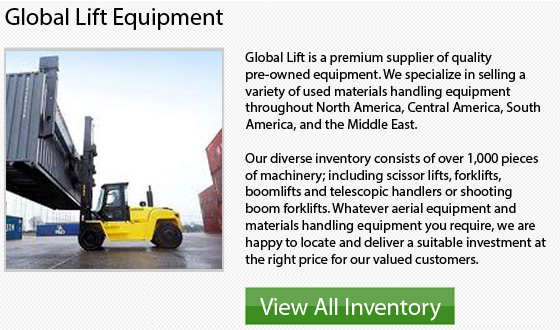
In the material handling business, the lift truck has become a key piece of machinery. This machinery is also known as a forklift or a powered industrial truck and could carry heavy cargo and materials. These trucks transformed the warehousing and the manufacturing industries. Now they are used for a huge array of applications and are considered to be vital for material handling.
The forklift requires an operator who uses the control levers to transport cargo and materials around the worksite, most typically a factory or warehouse. Businesses which own their own lift trucks should maintain the equipment to make sure they have a long lifespan. Forklift parts, similar to any machine components, are subject to wear and tear and will become worn over time. In order to make sure the lift truck works in an efficient and safe manner, you should occasionally replace worn or damaged components. Every forklift truck part is made for a particular purpose. Below is a list of a few lift truck attachments and their tasks:
Forklift Fork Positioner: The forklift fork positioner is a hydraulic attachment that helps to position the forks. It can move the forks either at the same time or separately. Without the forklift fork positioner, the lift truck operator should adjust forklift forks by hand for various sizes of loads.
Side Shifter: The hydraulic side shift attachment enables the operator to laterally shift both the forklift forks and the backrest. This specific attachment makes it easier to position the cargo without having to change the truck's position.
Pole Attachments: These long metal poles are designed to lift carpet rolls. The poles work better for this purpose than forklift forks.
Telescopic Forklift Forks: Telescoping forks are hydraulic attachments which enable the operator to both load and unload from a single side. The telescoping forks can handle two pallets of different sizes at the same time. This type of attachment is great for handling pallets in 'double deep racking'.